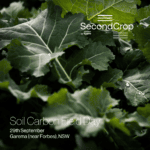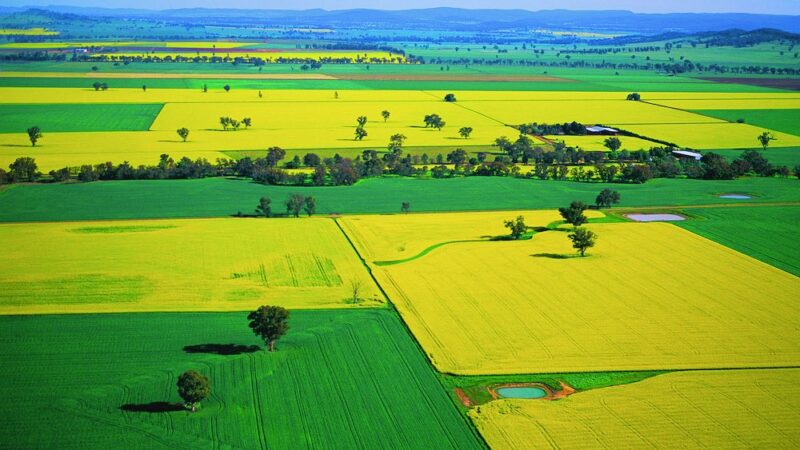Sponsored by Loam Bio
How dingo urine could assist in management plans
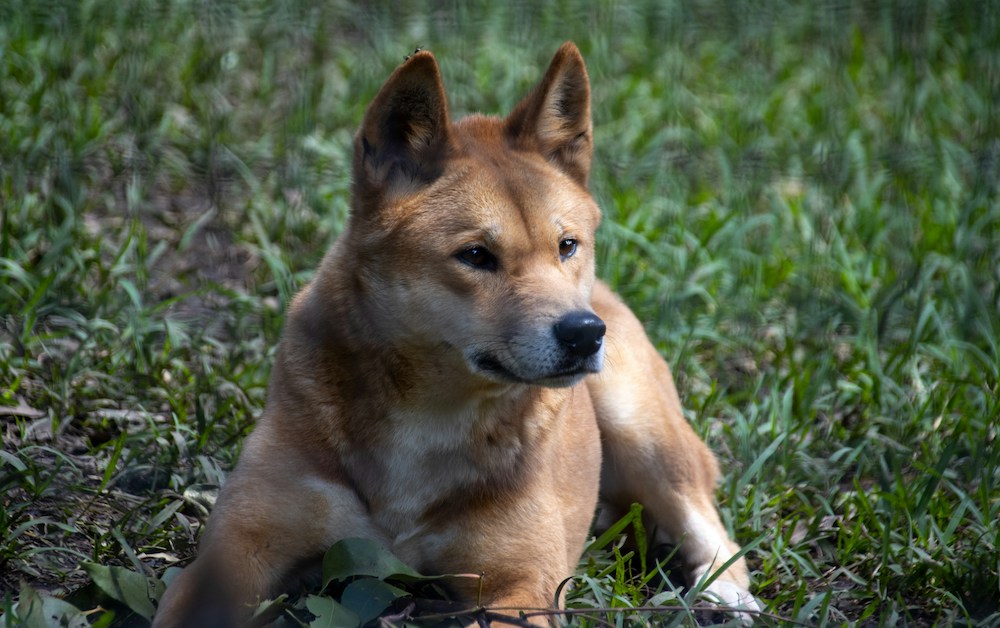
According to new research, a study of dingo urine could support future species management strategies.
Recently, UNSW teamed up with Taronga Conservation Society and the Dingo Sanctuary and Research Centre to study the chemical makeup of dingo urine. The subsequent article, released in the Chemical Senses journal, revealed patterns of behaviour in dingo populations as a response to the scent of dingo urine.
According to lead researcher and UNSW PhD student Ben Walker, �the major finding of this study is that urine from an adult male dingo in his prime seems to have an immediate effect on dingoes who smell it in the wild.
�Dingoes respond faster and more strongly to urine from prime-age males than to scent from dingoes that were younger or older than their prime. And the other effect we noticed was they didn�t really want to come back for two or three days.�
Ben Walker, UNSW PhD student
In order to complete the research, experts split the dingoes into three groups: dingoes in their prime (aged 5-9), younger dingoes (3-5) and older dingoes (10 plus).
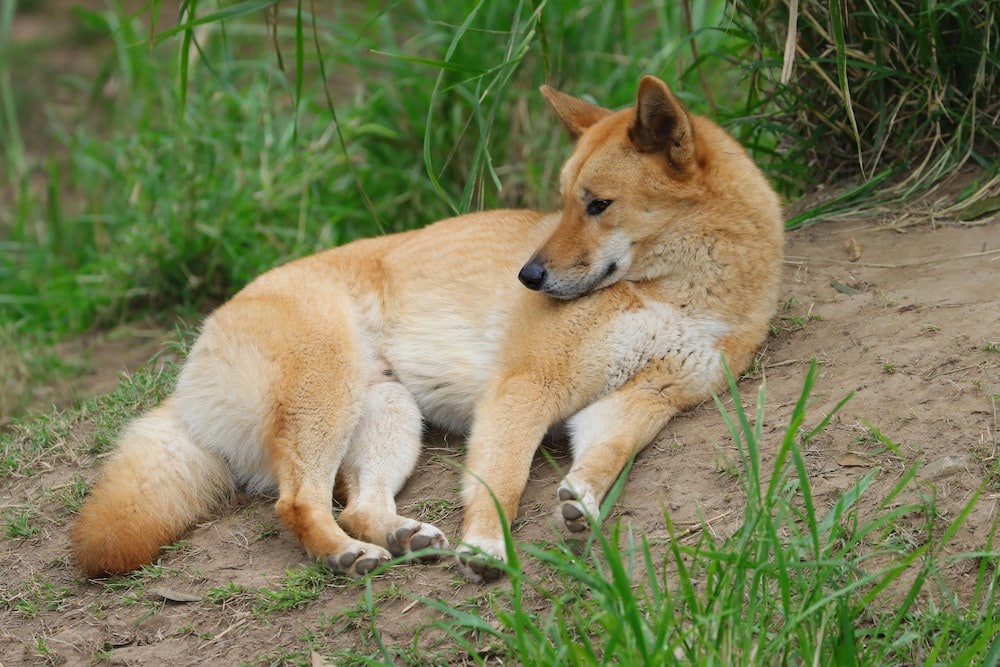
A study in yellow
In total, the investigation included 30 urine samples from 13 different captive adult male dingoes.
Manager of the Dingo Discovery Sanctuary and Research Centre, Lyn Watson, led the team collecting the samples. �Getting the urine of dingoes is a unique skill,� she explains.
�But having spent 39 years working with dingoes and seeing how they respond to alpha dingo scent makes me very hopeful that a product will emerge from this which will help farmers.
�The territorial instinct of dingoes is even stronger than the breeding instinct, so this scent has meaning in the Australian landscape, mostly to other dingoes who will always respect the alpha male.�
Researchers were able to identify 107 chemical components in the dingo urine samples, 33 of which were consistent among the entire group.
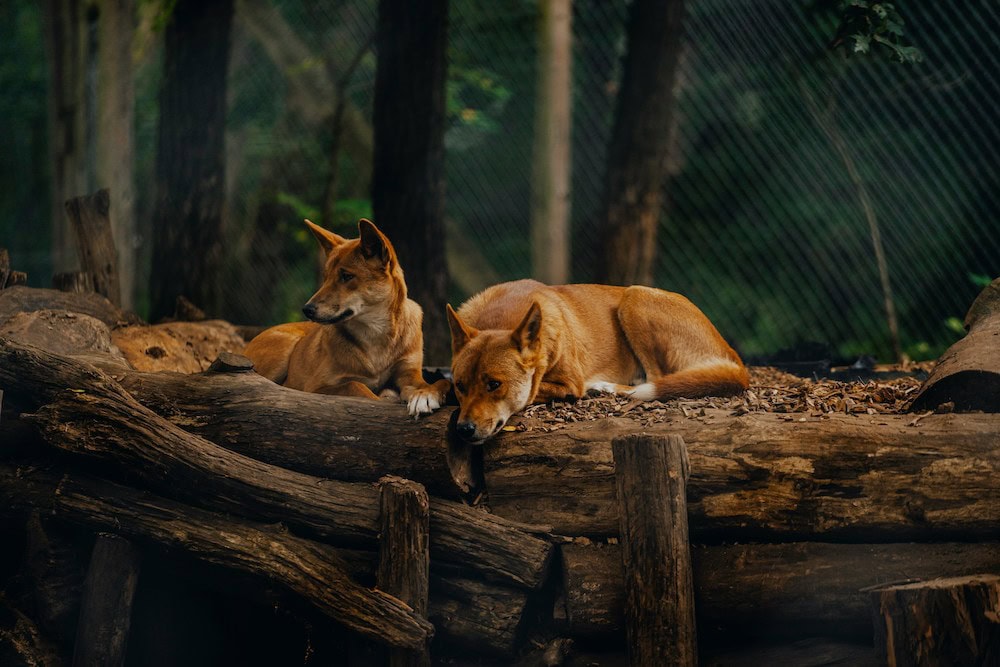
Desert discoveries
The aim of analysing the urine samples was to identify the individual chemicals responsible for �signalling� status to other dingoes. Using these chemicals, the researchers could then test whether dingoes responded differently to a variety of dingo urines.
To achieve this, the urine was frozen and transported to Strzelecki Desert, where it was placed beneath posts and monitored via remote camera-traps.
�Combining chemical analysis with behavioural experiments in the wild is an unusual but crucial approach,� Ben says. �The logistics of bringing the samples in a fridge for two and a half days on a trip to the desert makes it a lot more difficult.�
On analysis of the footage, the team found that male dingoes in their prime exhibited the largest response to the samples, suggesting dingo status was communicated through their urine. The dingoes also showed signs of determining when the urine was deposited.
Interestingly, before depositing the samples, researchers exposed them to either one, four or 33 days in the sun. Despite varied exposure, all samples still released a strong chemical signal.
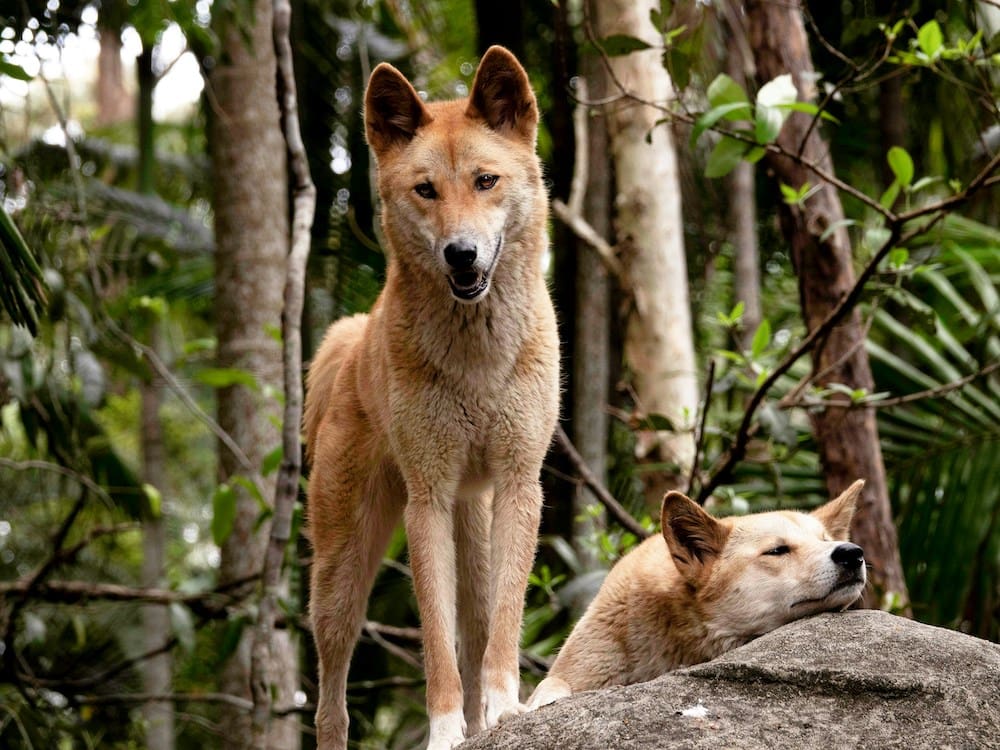
A new way forward
Co-author of the paper, Dr Neil Jordan, believes this revelation will help with future non-lethal management strategies.
�Dingoes have important ecological roles, provide economic benefits, and have significant cultural value particularly to Indigenous groups. Non-lethal tools that focus on localised deterrence of dingoes rather than their wholescale removal would be very valuable, and this study may be a small step in that direction.��
Dr Neil Jordan
Neil says getting a shortlist of key chemical components that �signal� status is a big step in narrowing the field of research. �While this might not be the ultimate solution, it�s part of a serious effort to work a bit more with animals and their ecology rather than against them.�
According to the Queensland Environment Department, dingoes are able to keep systems and food chains in balance by acting as predators in their environment. They also hunt some species of feral animals, assisting in the survival of native species.
In fact, in 2021 UNSW published a study highlighting the damaging effects of dingo removal. Using 32 years� worth of satellite images of both sides of the Dingo Fence in the Strzelecki Desert, they found that vegetation inside the fence � the area without dingoes � exhibited poorer long-term growth than vegetation in the area with dingoes.
When dingoes are removed, kangaroo populations increase, often leading to overgrazing which in turn� limits vegetation and damages soil integrity. Less vegetation can also impact the survival of smaller animals.�
Employing the newfound knowledge, Neil believes that dingoes could be deterred from campsites and livestock paddocks using urine. This would reduce the need for widespread removal and help to preserve Australian ecosystems.
If you enjoyed this piece, you may like to read about how detection dogs are fighting the spread of Fire Ants.


